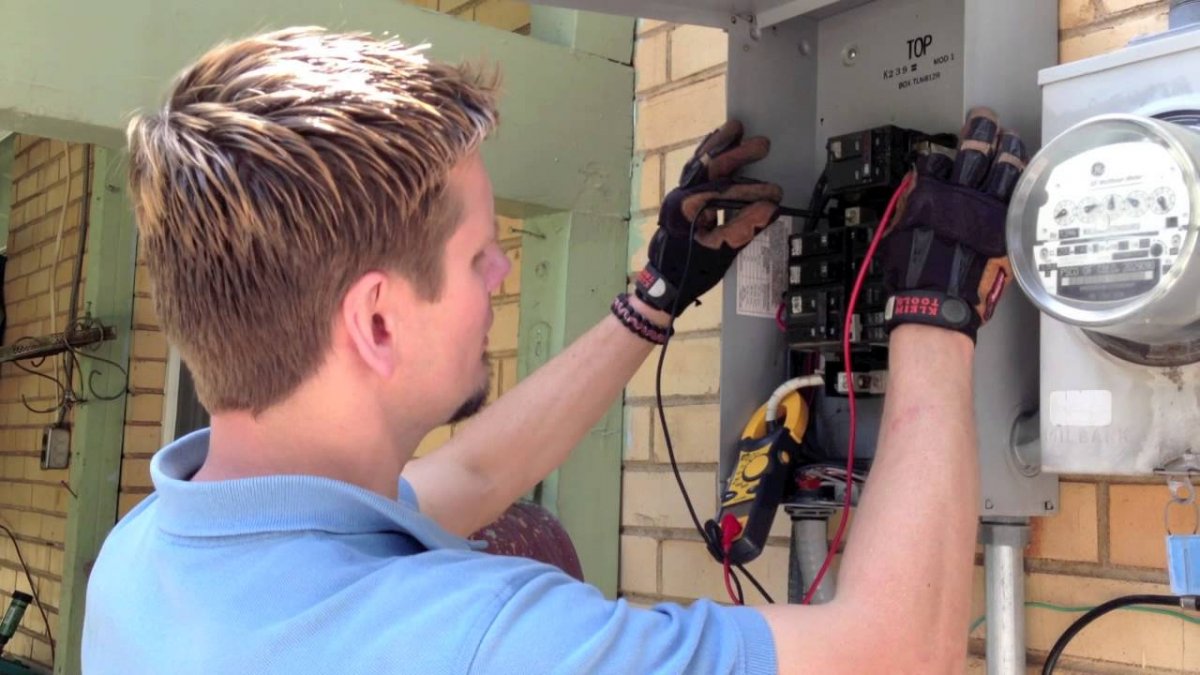
Most people take electricity for granted. That’s despite the fact that over 700 million people on the planet don’t have access to electricity. You get up and turn on a light, the coffee machine runs on electricity, and even your hot ambiance due to the thermostat runs on it.
In short, you’re reliant on electricity and, when it stops working, you have a serious issue. In many cases the problem is simple. But, when you’ve lost power to half your home you need to know what to expect and what to do.
Call the Professionals
Although you are likely to take a look at the problem yourself you need to ring the professionals straightway. You’ll find a reputable and qualified electrician Sydney will make the time to visit you and see what has gone wrong.
As electricity can be dangerous, getting the professionals in is a good way of keeping yourself safe. They will be able to troubleshoot your system and identify the issue. While they will charge you’ll find this is usually less than the cost of your time in attempting to resolve the problem.
Shut The Power Off
While you are waiting for the electrician to arrive you can shut all the breakers on your circuit board. Once you’ve done this turn off the main power switch. This should reset the breakers, allowing you to turn the main switch back on and then each switch individually. As you do so check that each circuit works properly. They should be labeled making it easy to assess each one.
If you find that one breaker trips straight away or turning it on causes others to trip, then you likely have a bad circuit breaker. As these are connected to the live power supply it is advisable to get the electrician to replace it for you.
The PCB manufacturing process involves several steps, including design, fabrication, and assembly. The design process begins with the creation of a schematic diagram, which outlines the connections between the various electronic components. Once the schematic is complete, it is converted into a layout file, which specifies the exact placement of components and the routing of traces on the PCB.
Check Outlets
If the breakers are back on and stay on then you need to check your rooms for any GFCI outlets. If you have any push the test button to make sure whatever is plugged in turns off. If it doesn’t then the GFCI outlet is likely to be the fault and will need looking at.
However, if you don’t find an issuer with these outlets your next step should be to unplug all your appliances and then plug them in one at a time. The act of plugging them in or turning the power on may be enough to cause the circuit breaker to trip again. This tells you the fault is with a specific appliance or perhaps the circuit.
To localize the problem further you’ll need to get your electrician to test the circuits with a multimeter or similar tool. This will help them to identify any fault and replace the necessary components and post that you can watch the series online.
Don’t forget, electricity is dangerous and bad circuits increase the risk of fire. If you can’t identify what is causing the issue it’s best to shut the power off again until the electrician gets there and let them find the issue and solution.
John Richardson
Related posts
Stay connected
- How LoveOn Chat Is Becoming the Most Versatile AI Companion for Digital UsersThe internet keeps shifting toward hyper-personal interaction, and AI companions are at the center of this shift. What used to be simple chatbots are now evolving into emotionally aware, adaptive, and multi-functional digital partners. Among the new generation of platforms, LoveOn Chat is becoming one... The post How LoveOn Chat Is Becoming the Most Versatile […]

